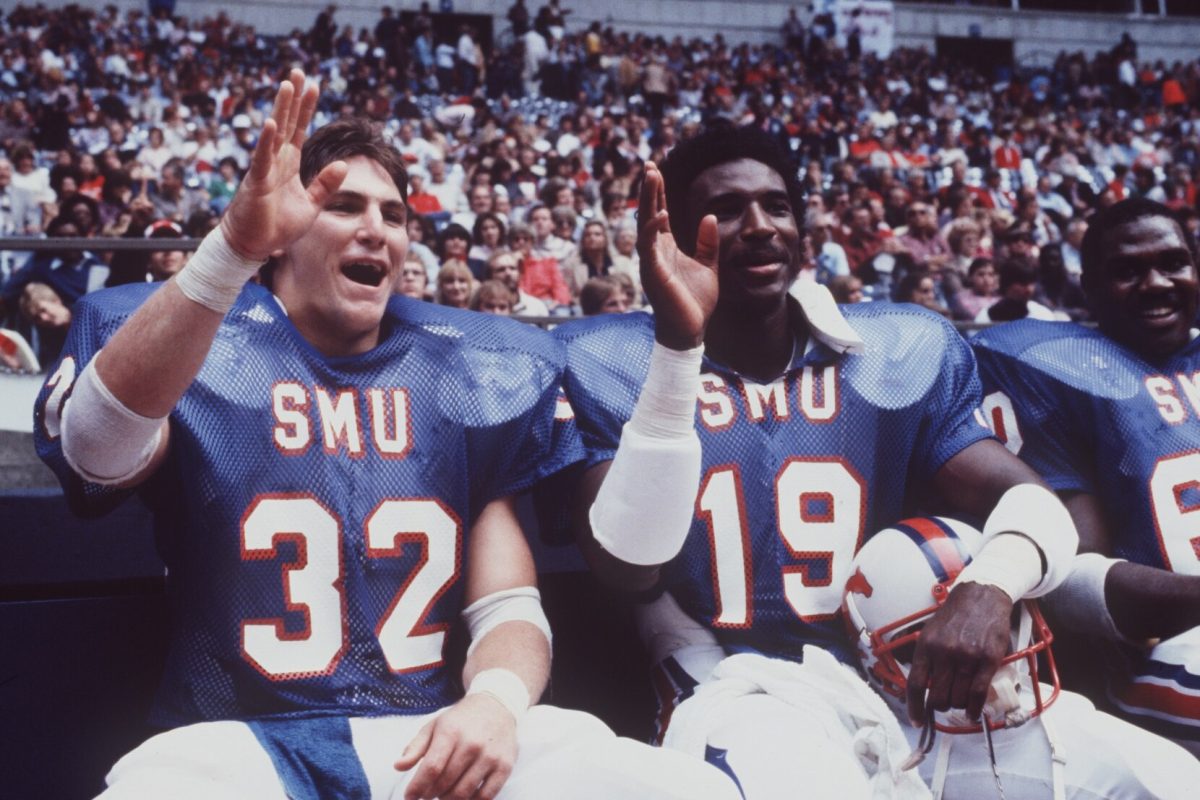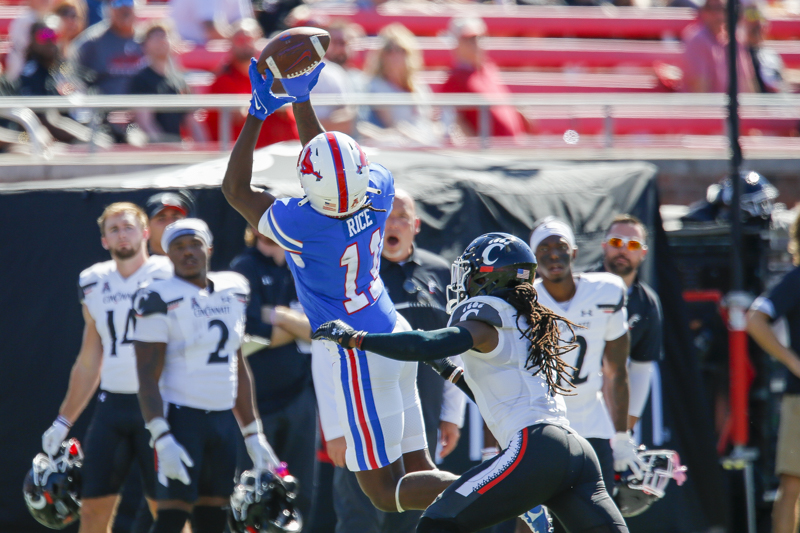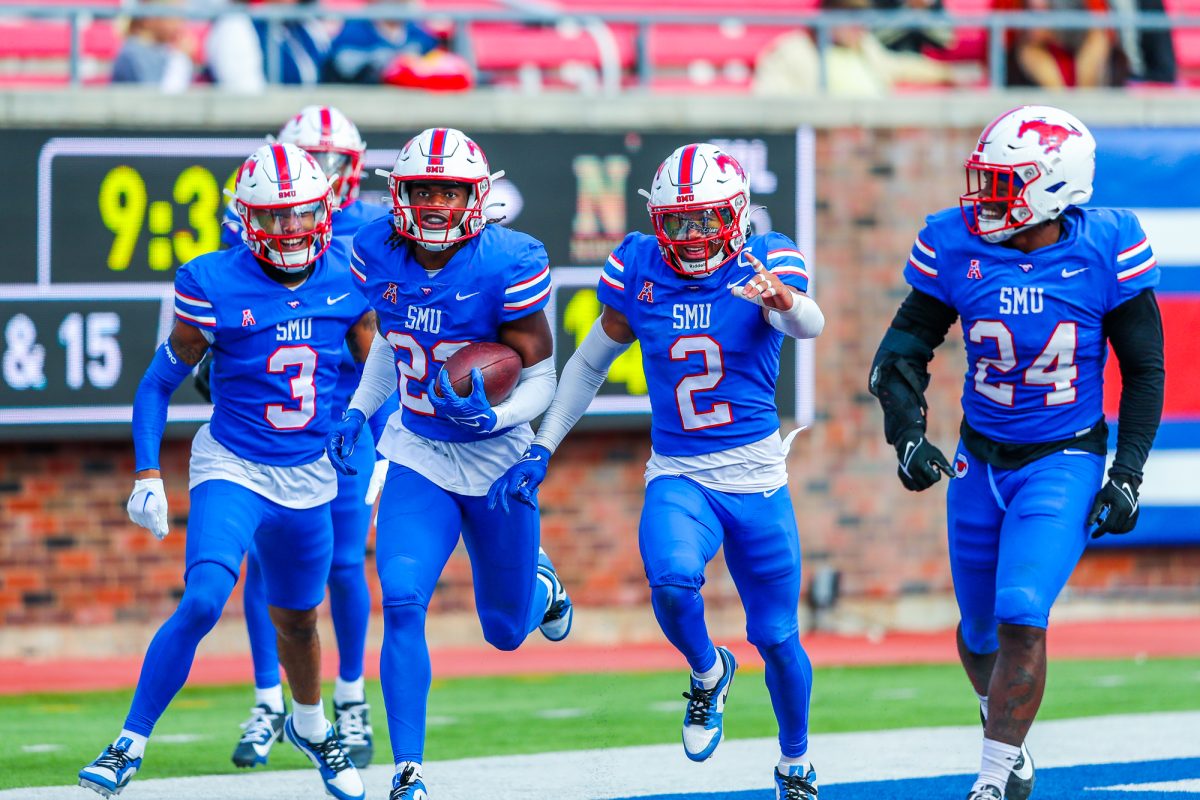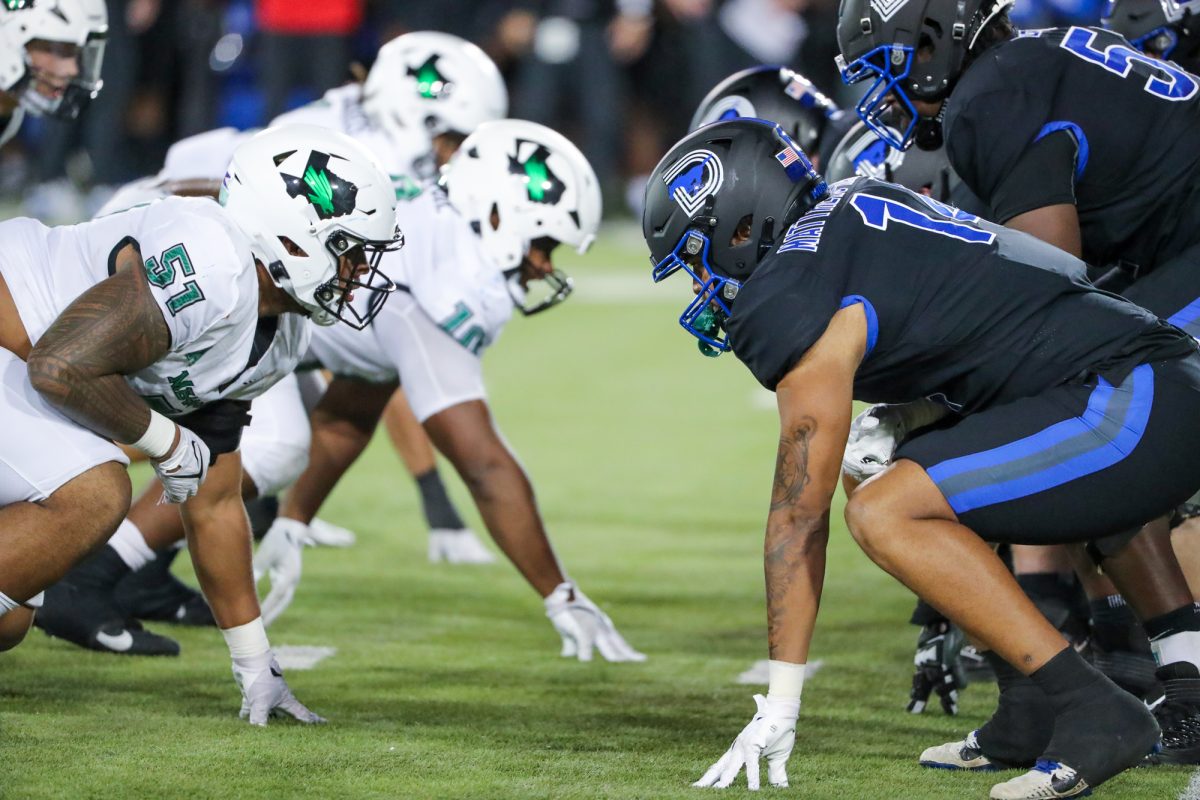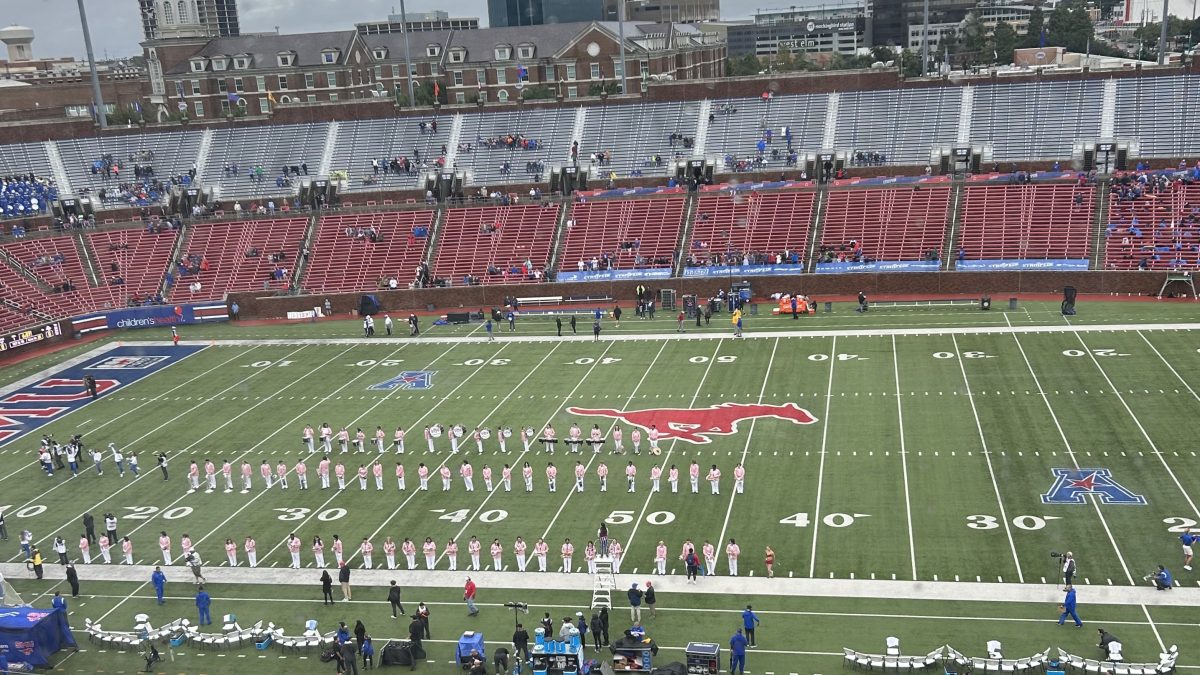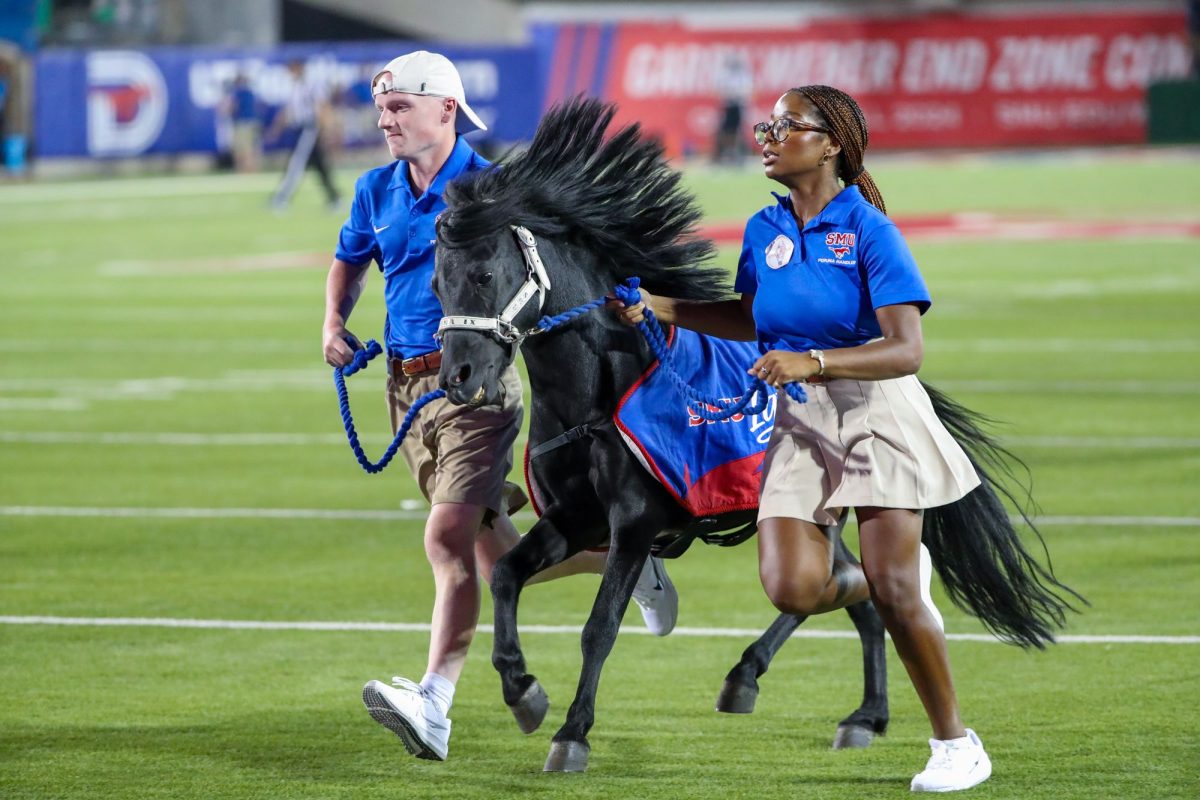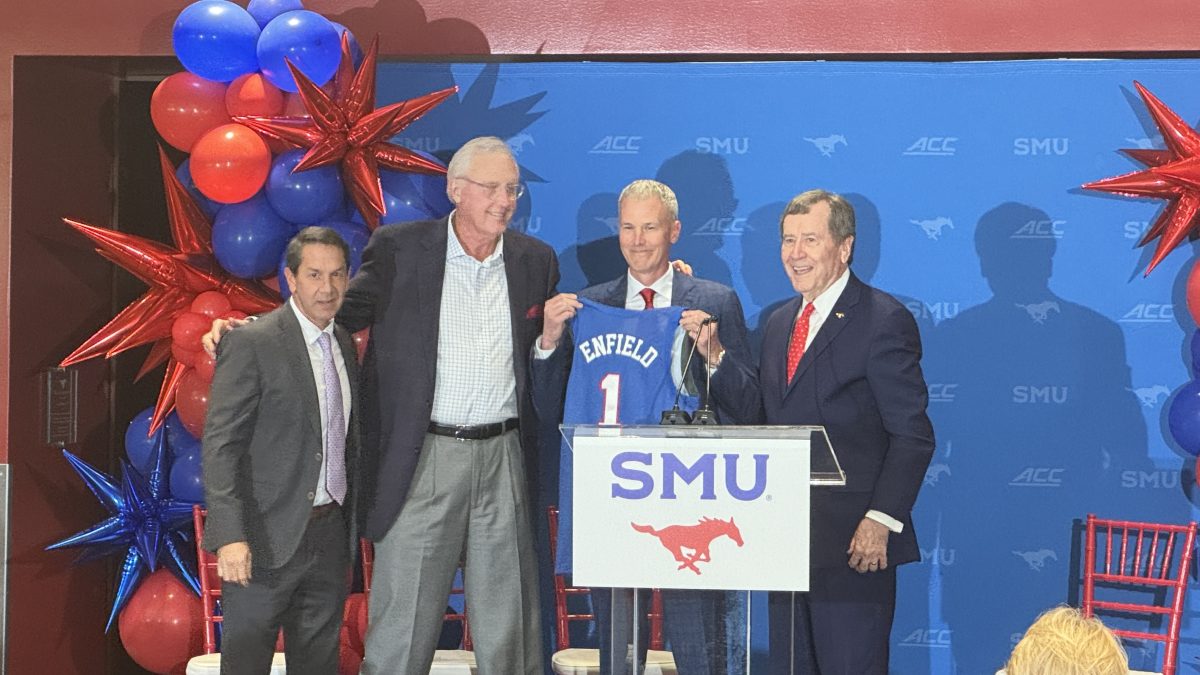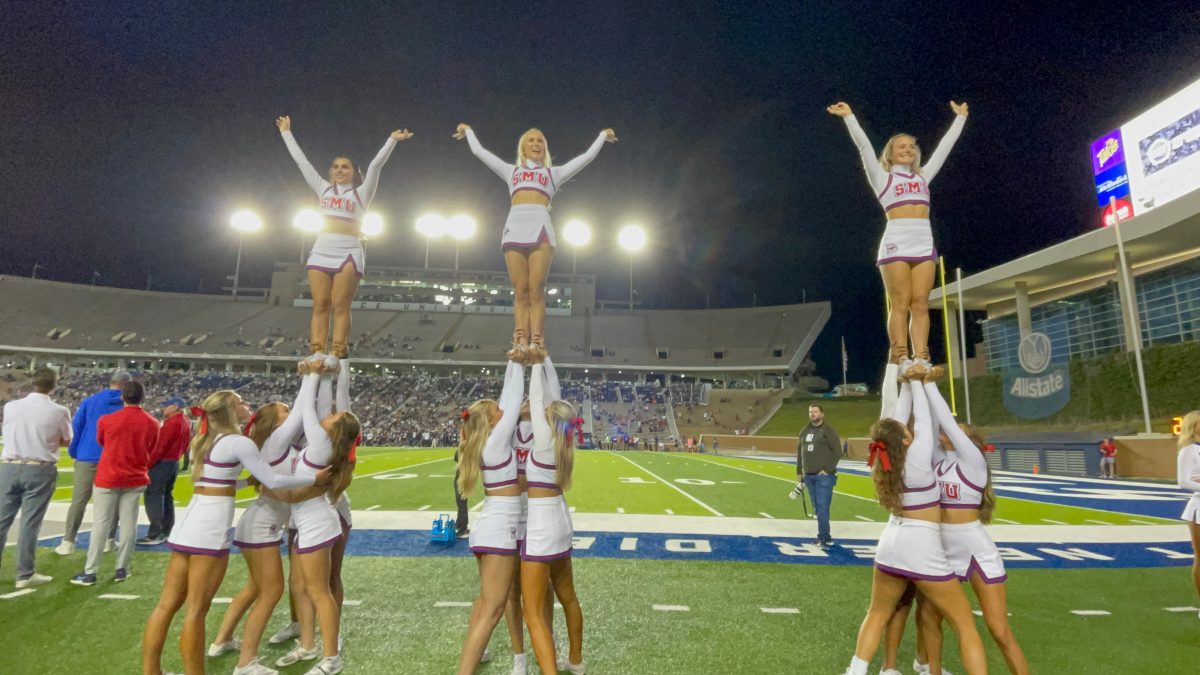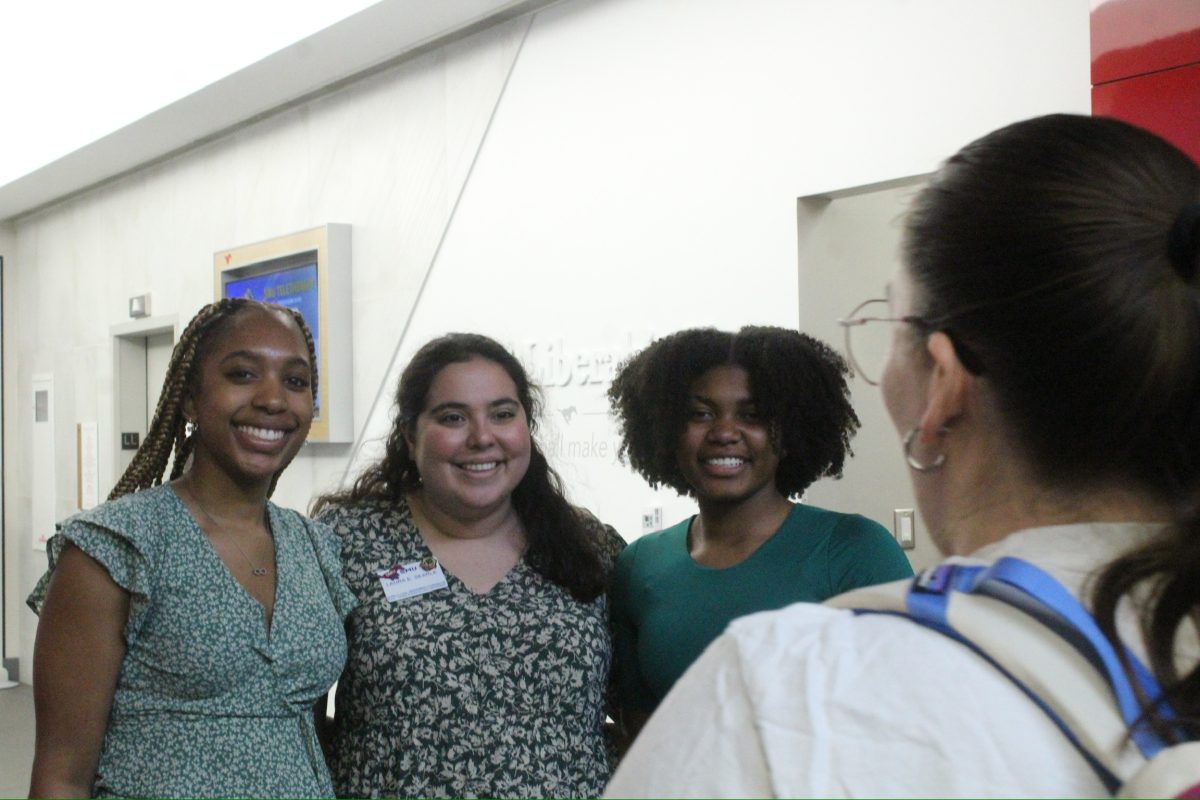Thirty-five years after the Death Penalty was instated against SMU football, the program now faces its biggest changes that will influence its future: membership in the Atlantic Coast Conference.
The offer to join the conference came on Sept. 1 and boosters hope the move will put SMU football back on a path to prominence.
“This is such an important day for SMU,” said SMU Board Chair David B. Miller ’72. “Becoming a member of the ACC will positively impact all aspects of the collegiate experience on the Hilltop and will raise SMU’s profile on a national level. SMU is committed to excellence in everything we do, and this move will strengthen that commitment.”
Some fans of the ACC project fear that SMU will not hold its own, merely becoming another small school that teams will trample. The pressure will fall entirely on SMU to prove doubters wrong.
Even though SMU will be losing broadcast revenue, boosters have stepped up to support the move; the university raised $100 million from donors in the week after the ACC announcement.
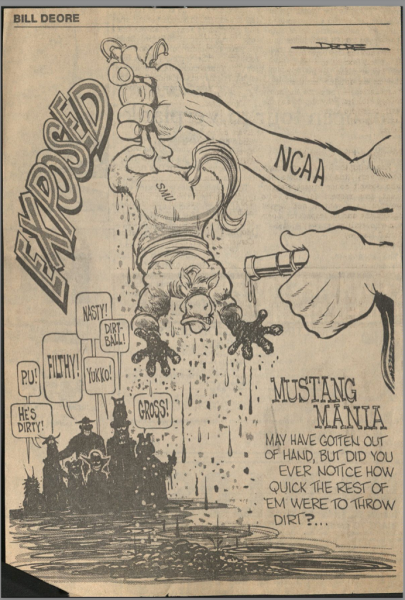
Change seems to be on the horizon 35 years after one of the most infamous college football punishments was cast upon SMU.
The early 1980s was the time to be an SMU football fan. The Mustangs just came off back-to-back national championship recognition in 1981 and 1982, and running backs Eric Dickerson and Craig James had just put SMU football on the map. The backfield duo was known as the “Pony Express” and will remain the cornerstone of what was the most iconic era of SMU football.
However, their reign as the most famous part of the program came to a crashing halt. In 1987, SMU was busted for wrongfully luring high school recruits to the program, facing a three-year suspension known as the Death Penalty.
SMU football has yet to recover. SMU finished in the collegiate Top 10 three times between 1981 and 1984 and has not seen a single Associated Press ranking since.
John Williamson, SMU class of ’89, arrived on campus his sophomore year, unaware of the events that would unfold and drastically change his college experience.
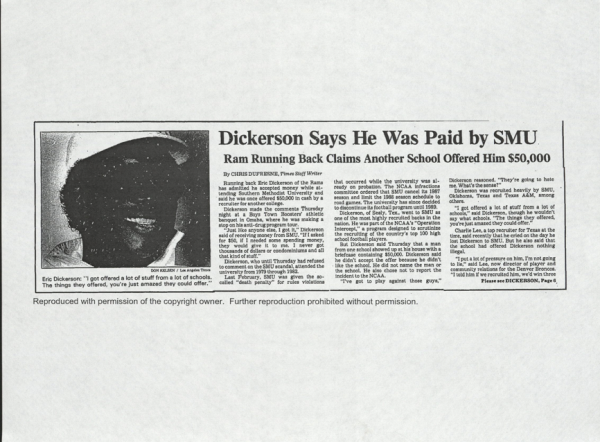
“It was surreal because nothing like that had ever happened before,” Williamson said. “Everybody knew that teams were cheating, but for them to just completely shut down the football program was just shocking.”
After the suspension, a majority of recruits left SMU football in the dust and transferred schools. Upwards of 50 scholarships were stripped and nine sponsors were restricted in working with Dallas’ team.
Students of SMU at the time had no idea the impact the suspension would cause in years to come. For fanatic football fans such as Becca Bets, SMU class of ’00, she was saddened she had missed the years when SMU football was Dallas’s crown jewel.
“It’s funny now because when I was going to school here, SMU wasn’t even playing on their campus yet and so it was hard for all of us as fans to rally,” Bets said. “My family and I now live in Highland Park, come to each home game and so to see the expansive school spirit for the football team nowadays just does not remind me of my time as a student here.”
This year also brought benefits to Gerald J. Ford Stadium as construction began on the Garry Weber End Zone Complex. The donation from Garry A. Weber, SMU class of ’58, gave the largest donation in SMU athletics history at $50 million to begin the project.
The new complex features three levels that will enhance the overall experience of SMU football for both current players and incoming recruits, including a locker room, weight room and kitchen.
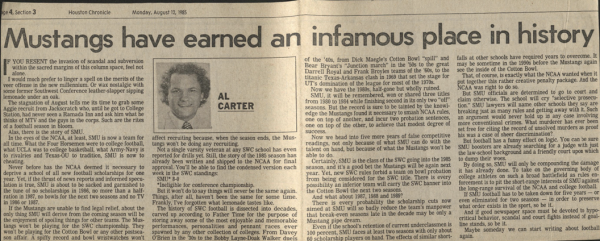
Between inclusion in the ACC and the upgrades to the stadium, SMU hopes to boost recruiting efforts, including with staff scouting and hiring.
Sophomore Preston Stone, SMU’s starting quarterback, will be playing in a new conference and renovated stadium. He hopes Ford stadium enhancements will bring new recruits to SMU.
“I think the new Garry Weber End Zone Complex will attract a lot of highly scouted recruits, especially those looking for the opportunity to stay close to home,” Stone said. “Dallas has always produced an abundance of highly recruited players, and I think the complex along with a conference change will allow us to keep more recruits at home.”
The Garry Weber Complex is the most historic addition to the structure of SMU’s stadium since September 2000, when Ford stadium was first built. Previously, home games had taken place in Irving, Texas. A large part of the construction is a new seating area for Mustang fans, intended to put more fans in seats and keep them there for the whole game. With blue blood programs on SMU’s horizon, such as Clemson and Florida State, the athletic department is hopeful that not only Dallas fans will start packing the games, but supporters of ACC teams across the nation.







